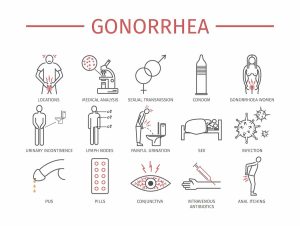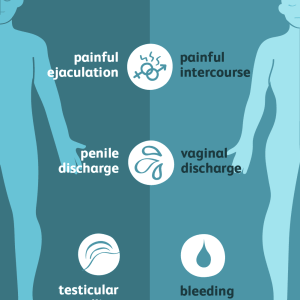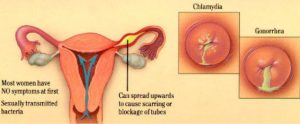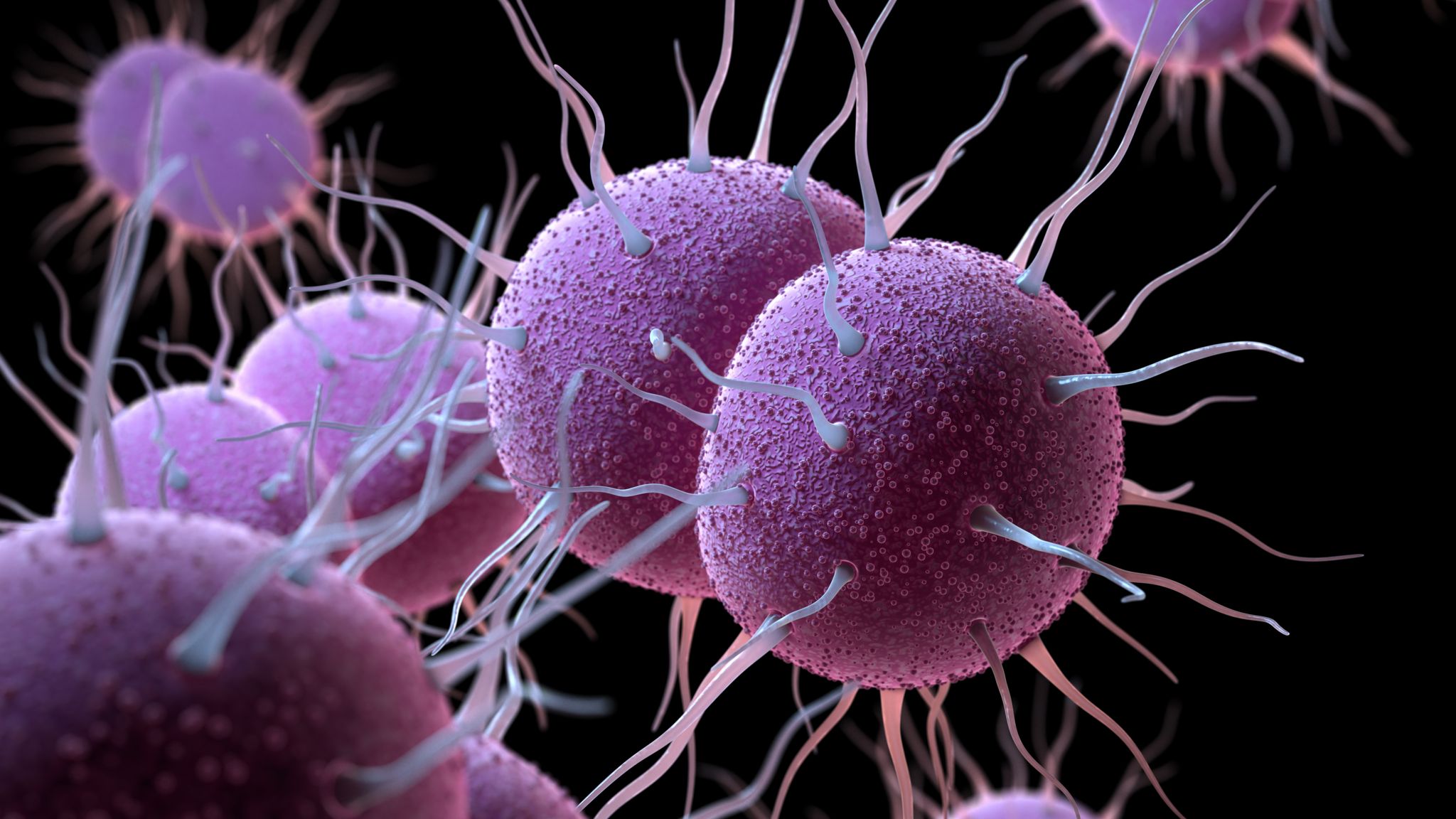Introduction
Gonorrhoea, a sexually transmitted infection caused by bacteria, has witnessed a concerning surge in Scotland over the last half-decade. This rise highlights the urgency of addressing the issue and enhancing public awareness. The transmission of gonorrhoea occurs through unprotected vaginal, anal, or oral sex, emphasizing the importance of safe practices. Despite its prevalence, many infected individuals may not exhibit noticeable symptoms, making early detection and education crucial. Testing for gonorrhoea is simple and reliable, involving swabs or urine samples, with some clinics offering rapid results. Treatment primarily relies on antibiotics, but emerging antibiotic-resistant strains pose challenges. Untreated gonorrhoea can lead to severe complications, underlining the need for prompt medical attention. Partner testing and preventive measures are crucial to curb its spread. Practicing safer sex and regular testing for other sexually transmitted infections are key components of a comprehensive approach to gonorrhoea prevention. Understanding this infection is essential for fostering a healthier and more informed community.
Causes and Transmission:
- Gonorrhoea is caused by a bacterial infection.
- The infection is primarily transmitted through unprotected vaginal, anal, or oral sex.
- Shared sex toys that are not properly cleaned or covered with a new condom pose a risk of transmission.
- Infection can occur if infected semen or vaginal fluid comes into contact with the eyes.
- Mother-to-child transmission is possible during childbirth.
- The bacteria can infect the throat, anus, or eyes in addition to the genital area.
- Transmission may also occur through contaminated surfaces or objects.

Symptoms:
- Green or Yellow Discharge: Noticeable discharge from the penis or increased vaginal discharge.
- Pain or Burning Sensation: Discomfort or a burning sensation during urination.
- Swelling of Testicles: In men, discomfort and swelling of the testicles may occur.
- Pelvic Pain: Women may experience pain in the lower abdomen, particularly during sex.
- Bleeding: Bleeding between periods or after sex.
- Throat, Anal, or Eye Infections: Gonorrhoea can infect the throat, anus, or eyes, often with no apparent symptoms.

Testing:
- Simple and Painless: Gonorrhoea testing is a simple and painless process.
- Swab or Urine Sample: Samples are collected using a swab or by providing a urine sample.
- Self-Collection: In many cases, individuals can collect samples themselves, eliminating the need for a doctor or nurse examination.
- Rapid Tests: Some clinics offer rapid tests with immediate results.
- Lab Analysis: Samples are sent to a lab for analysis to confirm the presence of the infection.
- Waiting Period: Results may take up to two weeks, depending on the testing facility.
Treatment:
- Antibiotics: Gonorrhoea is primarily treated with antibiotics.
- Injection or Tablets: Antibiotics are usually administered via injection, but in some cases, tablets may be prescribed.
- Antibiotic Resistance: Emerging antibiotic-resistant strains pose challenges to treatment effectiveness.
- Pre-Treatment: In cases of high likelihood, treatment may be provided before test results are available.
- Partner Treatment: Partners may also be offered treatment to prevent reinfection.
- Considerations for Pregnancy and Breastfeeding: Medical professionals consider pregnancy and breastfeeding when prescribing antibiotics to ensure safety.

Complications:
- Pelvic Inflammatory Disease (PID): Untreated gonorrhoea can lead to PID, affecting the womb and fallopian tubes.
- Infertility: PID resulting from gonorrhoea can lead to infertility in women.
- Ectopic Pregnancy: Gonorrhoea-related complications may increase the risk of ectopic pregnancy.
- Premature Birth: In pregnant individuals, gonorrhoea can result in premature birth.
- Eye Infection in Infants: Infants born to mothers with gonorrhoea can develop severe eye infections.
- Testicular Complications: The infection may spread to the testicles, causing pain, swelling, and inflammation.

Partner Testing and Avoiding Spread:
Partner testing and preventing the spread of gonorrhoea are essential components in managing the infection. If diagnosed, it’s imperative that partners undergo testing and receive appropriate treatment. A collaborative approach is crucial to break the chain of transmission. It is advised to abstain from sexual activity until both partners complete the prescribed treatment and receive the results of the two-week follow-up test. This precautionary measure aims to prevent reinfection and ensures the effectiveness of the treatment. Open communication with healthcare providers and partners is vital to collectively address and mitigate the impact of gonorrhoea, fostering a healthier community and reducing the risk of further transmission.
Prevention:
- Safer Sex Practices: Practice safe sex by consistently using condoms for vaginal, anal, or oral intercourse.
- Regular STI Testing: Individuals diagnosed with gonorrhoea should undergo testing for other sexually transmitted infections (STIs) like syphilis, HIV, and chlamydia.
- Educational Outreach: Promote awareness and education about gonorrhoea and safe sexual practices.
- Timely Treatment: Seek prompt medical attention and adhere to prescribed treatment plans to prevent complications and curb the spread of the infection.
- Partner Involvement: Encourage partners to undergo testing and treatment to prevent reinfection.
- Avoidance During Treatment: Abstain from sexual activity until both partners complete treatment and receive negative test results.




